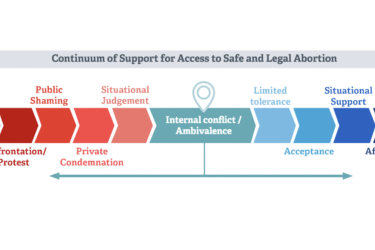
More than 1,500 peer-reviewed studies have relied on a surgical database known as the National Surgical Quality Improvement Program (NSQIP), or its pediatric counterpart, the NSQIP-P.
These databases, set up by the American College of Surgeons, offer extraordinarily granular information about clinical variables and outcomes (as well as demographic information) for a wide range of surgical procedures.
The Medical Studies Core Topic Data section now contains a mini-primer on the database to help journalists understand what the NSQIP databases can and cannot be used to study and what their limitations are. If you’re covering a study that includes analysis of data from NSQIP, it could be helpful to skim our data primer so you can check the study’s methods and limitations for red flags regarding the data’s use or to develop questions to ask the researchers.
This new edition is part of the ongoing series of articles from JAMA Surgery on the uses, considerations and limitations of various databases frequently used in surgery-related research.
Some of the particular advantages of the NSQIP databases are their large sample sizes and how many clinical variables are included, including comorbidities, complications during and after surgery and specific types of procedures involved. On the other hand, outcomes included in the database stop at 30 days, so while the database can be used for comparative effectiveness research, to identify risk factors or to observe trends over time, it cannot be used to study long-term outcomes for specific populations.









